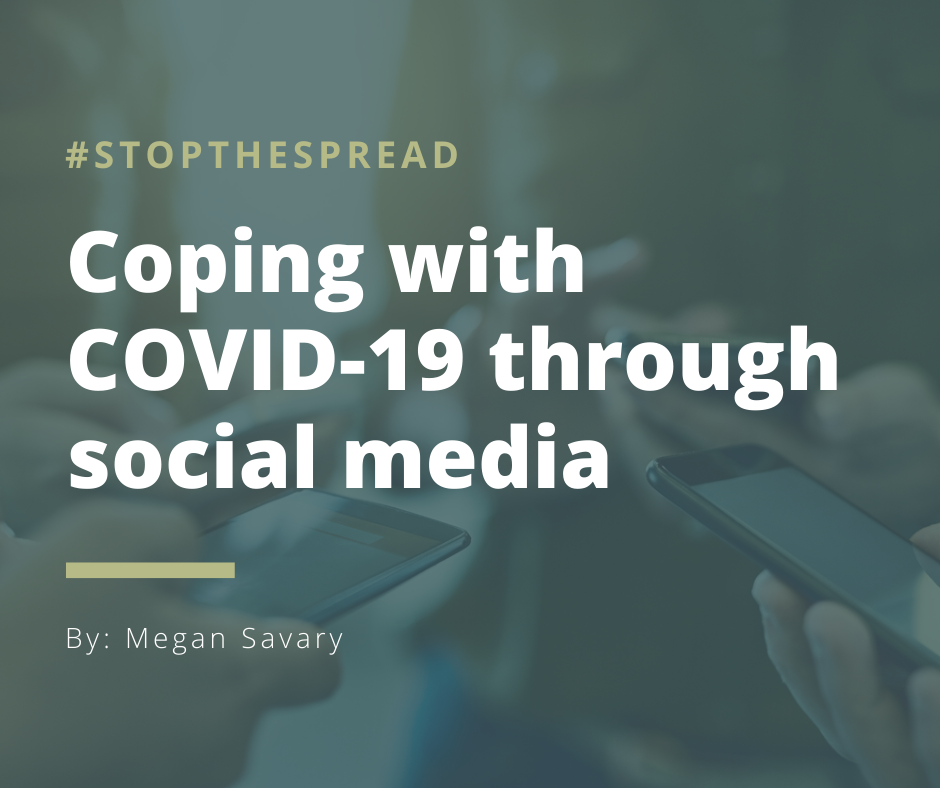How do we judge the value of a campaign? As aspiring public relations professionals, we learn the importance of analytics. We learn to measure reach and frequency of engagement, and how to write persuasively to maximize engagement. But besides counting views, shares, and likes, we judge a campaign’s value by what we learn from it — by examining how much should be remembered, repeated, or avoided. New and unique issues arise in PR all the time, and it’s crucial that we reassess our research tools and engagement tactics. Cannabis legalization was a historic and contentious moment for Canadians, and there is plenty to learn from the campaign created by Communications Nova Scotia (CNS).
The NS government has never created such a large-scale campaign dealing with federal and provincial laws. “There was no blueprint for us,” says Jasmine Flemming. She and Andrew Preeper, who work in marketing and crisis management at CNS, collaborated to create the campaign.
“It involved a large number of partners and stakeholders with sometimes competing interests,” Flemming says. Information was evolving and deadlines changing, as research was done and decisions were made federally and provincially. Adding to the challenge, there was an immense amount of public and media interest. To keep the public informed of the ever-evolving information, it was in everyone’s best interest to update the media as soon as new information became available.
“We had to keep the media on top of it,” she says. This transparency also convinced the media that they didn’t need to be fighting for information, that it would be given accurately and willingly, ensuring media relations were as pleasant as possible.
In the months leading up to legalization, there was plenty that Nova Scotians were concerned about. Any newspaper on any day included discussions about the health and safety risks of cannabis, the logistics of selling it through the NSLC, worries about children and cannabis, or one of many other issues people had with the impending laws.
“It was important to acknowledge we were operating in an uncertain environment,” says Preeper. “The issues that the public were concerned about often changed, so we needed to ensure our messaging and materials changed with it.”
Luckily, Statistics Canada developed and delivered the national cannabis survey, informing the final responses made by the federal and provincial governments. Preeper explains that an added benefit of public consultation is that it provides law makers and PR practitioners something to refer to. The agency may work again on something similar and need that information, or the public may wonder why things were done a certain way and the survey can be pointed to for explanation. We can’t underestimate the importance of well-documented research.
“Ultimately,” says Flemming, “a government’s work is for citizens and research helps us keep the public’s interest at the heart of all decision-making.” This research resulted in the Cannabis Act which regulates cannabis sales and consumption. The Cannabis Act stops anyone from promoting cannabis; that’s why CNS’s campaign focused on education.
CNS had two priorities: first, education about laws and health risks were communicated in a non-judgmental, informative way. Second, the national cannabis survey had shown that Canadians were particularly concerned about cannabis-impaired driving; therefore, some CNS ads dealt with that issue, focusing on social norms. Preeper says the goal was for Nova Scotians to evaluate their potential choices with legal cannabis before making them.
The ads were everywhere: on TV, radio, social media, cinemas, on buses. Educational pamphlets were mailed to every Nova Scotian, and the RCMP handed them out at traffic stops. The ads sent people to the campaign website with the tagline “be in the know.” Flemming explains that the website is the anchor of the campaign because it has comprehensive analytics. It’s also easy to update the information on a website. There are newer ads now that focus on edibles, the most recent step in cannabis legalization.
According to Flemming and Preeper, the campaign created 13 million digital impressions. To put that into perspective, Nova Scotia’s population is under one million, which means that on average, every Nova Scotian saw about 13 ads. The online videos had 878,267 views. That’s like everyone in Halifax watching two videos all the way through. More than 13,000 people engaged on social media. Most importantly, the website had almost 45,000 visits, 25 per cent of which came from digital ads.
These numbers are essential, but they are the result of extensive planning and research. To understand where the website and video views come from, we need to realize that successful PR campaigns build a good reputation over time. “The three strategies may seem simple, but were ultimately major factors in achieving our goal,” says Flemming. “We actively sought out meaningful engagement, we communicated continuously through regular updates, and we relied on research.”
| Katherine MacNeill, BPR Student |





